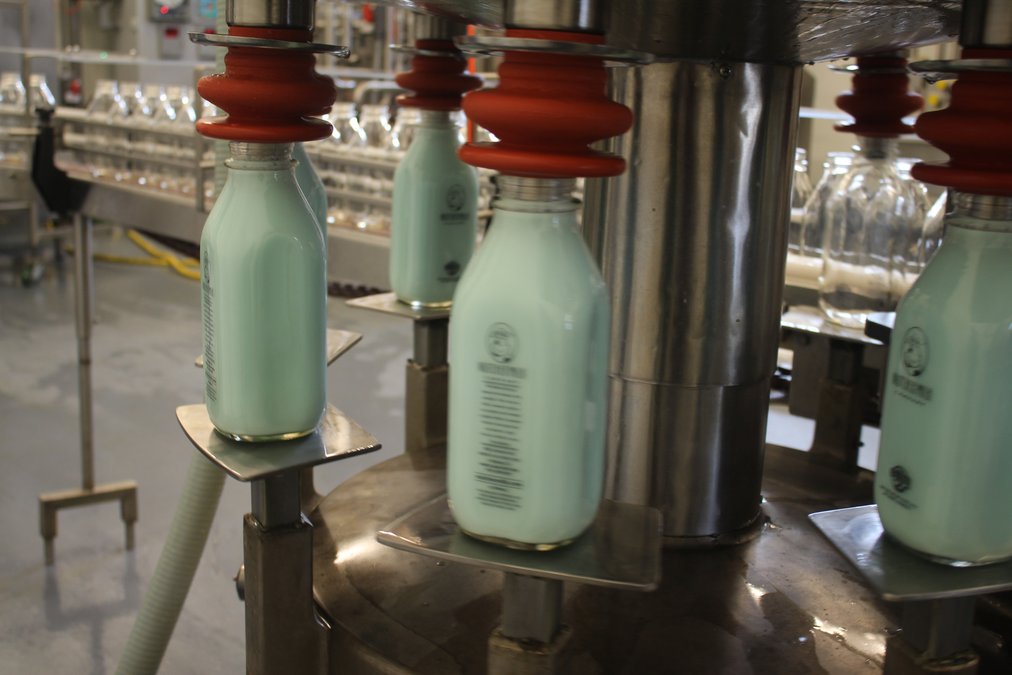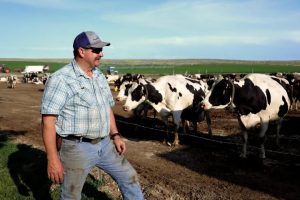
Beginning June 1, changes will take effect on pricing formulas that regulate the nation’s 11 federal milk marketing orders, which set minimum prices that processors must pay dairy farmers for raw milk and its components.
The formula changes, which affect producers’ milk checks, are being implemented after dairy farmers in each of the federal milk marketing orders, or FMMOs, voted late last year to approve them. The U.S. Department of Agriculture, which announced results of the producer referendum earlier this month, outlined the final proposed changes last November. In making its decision, USDA considered proposals from the industry and held a 49-day hearing that stretched from August 2023 to January 2024.
While groups representing producers, including the American Farm Bureau Federation, say adjustments to the pricing formulas were badly needed, they also rated the entire reform package with mixed reviews. California producers could face more losses than gains, according to an early USDA economic impact analysis.
Many changes that USDA made in its final decision “appear to come at the expense of dairy farmers,” said AFBF economist Daniel Munch. According to AFBF’s calculations, at least 38% of U.S. dairy farmers will lose money.
Changes dairy farmers did like include the return of a pricing formula for Class 1 fluid milk that is based on the higher of either the Class 3 cheese value or the Class 4 butter and nonfat dry milk value. The current formula uses the average price of Class 3 and Class 4, plus 74 cents for every hundred pounds of milk, which producers say caused them to miss out on an estimated $1 billion of revenue in recent years.
Dairy farmers also praised increases in Class 1 differentials, which are added to the base price for fluid milk depending on where the milk is delivered. In California, differentials will rise by 60 to 70 cents per hundredweight.
Another change that dairy farmers view as an improvement is how USDA determines the monthly average cheese price. Currently, it is based on a combination of the 40-pound block and 500-pound barrel cheddar cheese price. Going forward, the Class 3 formula will rely solely on the 40-pound block price, which is seen as more stable.
Raising the skim milk composition factors, to be implemented Dec. 1, is also considered positive for dairy farmers, though they take issue with the six-month delay in implementation. The updated factors will increase the price of Class 3 milk used to make cheese and whey, and Class 4 milk used for manufacturing butter and milk powder because prices will be calculated based on higher levels of protein and other solids in milk.
But the positive reforms will be offset by other formula changes that present serious concerns for farmers, producer groups say. Perhaps chief among them are increases to make allowances, which cover what dairy farmers pay manufacturers to process their milk into the various dairy products.
In AFBF economist Munch’s analysis, the new increases would significantly reduce the total pool value in several milk marketing orders, including California, which uses most of its milk to make cheese, whey, butter and powder. The new make allowances “create new regional disparities among dairy farmers,” Munch said, “undermining the FMMO system’s goal of equitable treatment across locations.”
While producers generally agree that the cost of dairy manufacturing has gone up since the federal milk pricing system saw its last comprehensive revision in 2000, they say the increases USDA made are unjustified and based on a voluntary survey of processors that could skew the results and lead to lower milk prices for farmers. AFBF has called on Congress to enact legislation to direct USDA to collect a more accurate survey of processing costs.
“The FMMO system relies on fairness and transparency, and without a mandatory, audited survey of processing costs, dairy farmers’ checks will be reduced based on flawed and incomplete data,” AFBF President Zippy Duvall said.
AFBF also opposed the adoption of a new class of milk for extended shelf-life milk that will be based on the same “average-of” formula that USDA discontinued for pricing regular Class 1 fluid milk, plus a 24-month rolling average price adjuster with a 12-month lag. AFBF said the new ESL milk class “adds unnecessary complexity.”
In his report for the Milk Producers Council, Geoff Vanden Heuvel, the group’s director of regulatory and economic affairs, noted the pricing formulas had not been changed since 2008 and were due for an update. He said he views the FMMO system as an “essential framework for balancing market power between producers who have to sell milk every day and processors who do not have to buy every day,” with the government as the referee.
“They have done their best to take everyone’s point of view into consideration,” he said. “Ultimately, it is the market that determines milk prices.”
— Courtesy of the California Farm Bureau.
You can now read the most important #news on #eDairyNews #Whatsapp channels!!!
🇺🇸 eDairy News INGLÊS: https://whatsapp.com/channel/0029VaKsjzGDTkJyIN6hcP1K

























